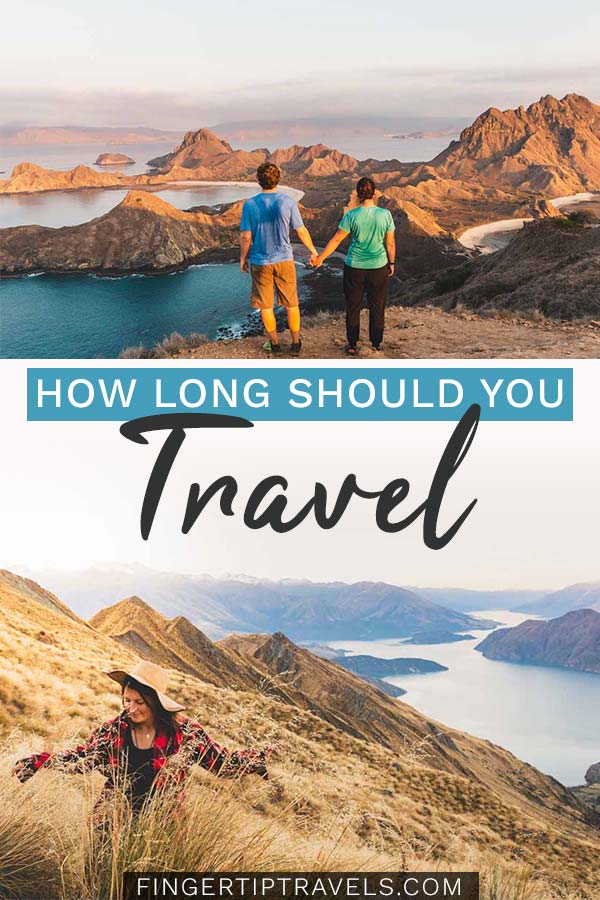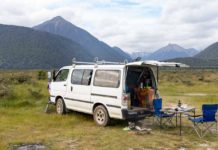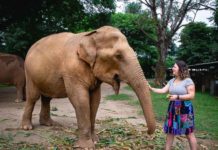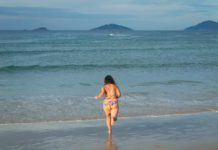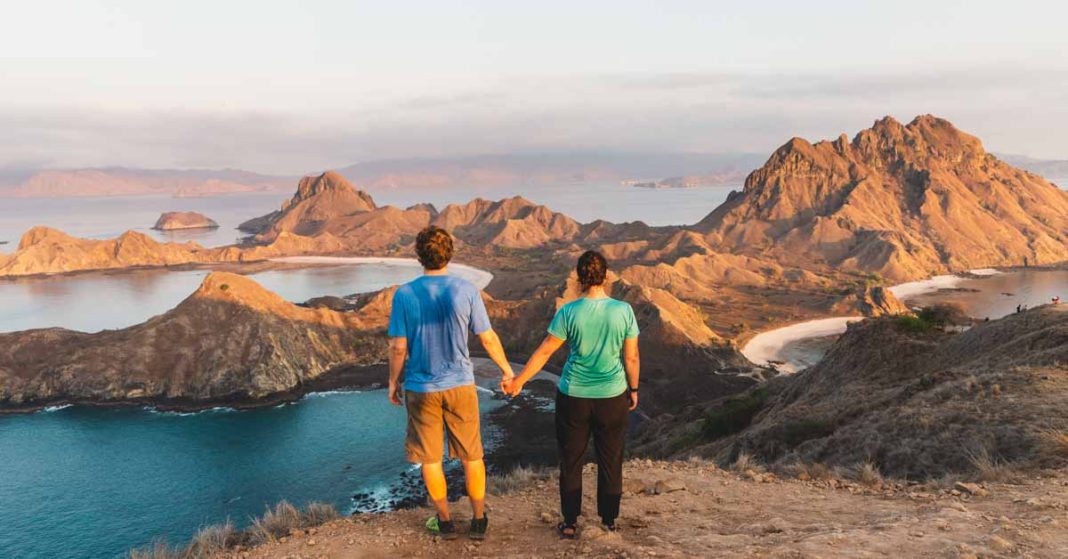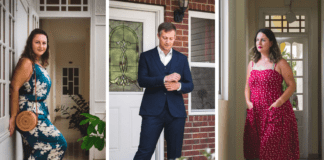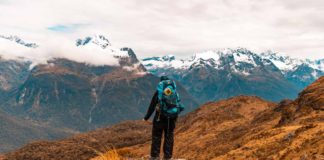From my experience, there are three ideal trip lengths for three types of travel, depending on your individual circumstances, the time of your life, and what your specific goals are for the trip. In this post I’ll discuss these three paradigms, what defines and delineates them, and the ideal length of trip for each of them.
The ideal travel length numbers are sourced from my experiences, so of course there’s going to be some differences person to person. I’ll be detailed in the characterizations of my ideal trip lengths, so that you can gain value from them even if you are different from me (which you are)!
I’ve gone on trips of lengths of:
- 1 year (New Zealand)
- 3 months (Southeast Asia)
- 1.5 months (Southeast Asia)
- 3 weeks (Europe, Iceland, Chile, Samoa)
- 2 weeks (Hawaii)
- 1 week (Central America x2)
- 3 days (Mexico City)
- And others of varying length
On each trip, I would closely monitor my emotions and pay attention to when I felt satiated vs ravenous for more. Those are clues to how long I should travel for! I also payed attention to changes in myself, and how travel has affected me. Collecting all the hints and clues and evidence, I’ve come to the conclusion that there are three travel length paradigms: three ideal trip lengths for three types of travel.
Refresh: The First Type of Travel
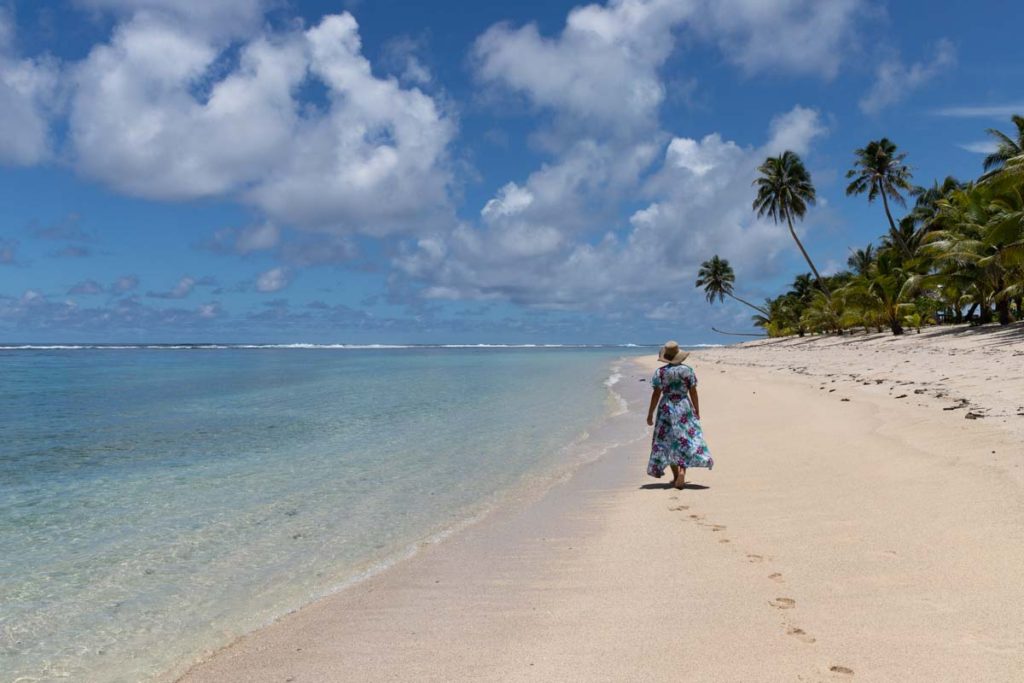
HOW LONG SHOULD YOU TRAVEL FOR? Whatever time you have! 2 week, 1 week, a long weekend!
The first type of travel is called Refresh: you use whatever time you have available to go on a short trip that rejuvenates you with a small to moderate adventure.
Refresh type travel is the bread and butter of many travelers: it sustains us for years, sometimes decades. These trips nurtured my passion for travel for 12 years in my adult life. I’m really grateful for these trips that I nestled into my busy schedule, bargaining with myself over an extra day or two.
PROS OF REFRESH TYPE TRAVEL:
- Shorter trips are more affordable
- You can travel with a full time job
- They can sustain travelers for years
- Easier to plan and execute
CONS OF REFRESH TYPE TRAVEL:
- There’s often not enough time to really explore a new place
- Travel time can often be a considerable proportion of the trip, especially for places far away
- You’re emotionally entangled with your obligations back home: I often felt guilt for traveling, like I should be working right now
TIPS FOR REFRESH TYPE TRAVEL:
- Don’t try to see too much! This is the most important tip. It’s so tempting to just hop over to the next country for a couple of days, but in my opinion it’s better see less things, but experience them more deeply.
- Your trip is likely to be fast paced if you want to see all the waterfalls/temples/museums/whatever, which is super fun. However, pick a place to settle for a little bit as well, sacrificing some quantity for quality. A good balance of depth and breadth makes for a great shorter trip.
- For shorter trips, don’t choose far-flung destinations. You don’t want travel time to be a significant part of the trip. Also, jet lag is a bitch and you want some time to get accustomed. There isn’t an exact science, but I wouldn’t travel to Thailand or New Zealand from the US unless I had at least 2 weeks, but hopefully more.
Explore: The Second Type of Travel
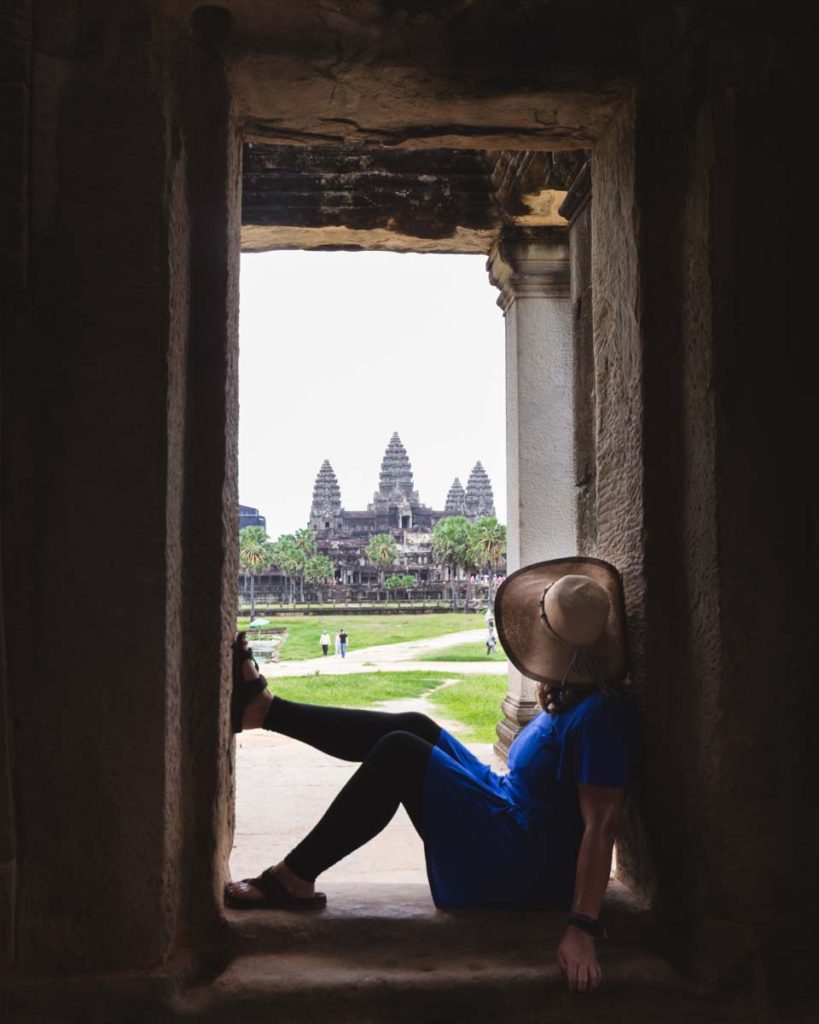
HOW LONG SHOULD YOU TRAVEL FOR? Two months!
The second type of travel is called Explore: It’s the sweet spot, the ideal length of a trip. This is my favorite type of travel, and I’m hoping to do much more of it in the future.
Explore type travel is the perfect length to deeply delve into and experience a place. It’s long enough for the trip to feel like a journey, a once-in-a-lifetime adventure! There’s enough time to really go slow and explore some off-the-beaten track destinations, as well as to check off all the touristy must-sees and must-dos. It’s also the perfect length of trip to add a longer experience like a trek or scuba diving. For some interesting ideas to add to your itinerary, check out my list of things to do in every country you visit.
Why two months? My first long trip was to Southeast Asia, where my fiance and I traveled through Thailand, Laos, Cambodia, and Vietnam for three months (Here’s our itinerary). That trip was incredible, but we definitely noticed a change of energy in the third month. We were still ecstatic to be there, but we had to take days off to just watch YouTube or read a book in a coffee shop. We were noticeably more tired. When we got to Vietnam (in the last 3 weeks), we were ‘templed out’ and weren’t really interested in seeing any more temples. All of these changes happened in the third month.
When we went on our second trip to Southeast Asia, we traveled through Malaysian Borneo and some Indonesia (Borneo on a budget here). Our trip was 1.5 months long, and argggh it wasn’t quite long enough!! We were fully satiated with Borneo (where we spent 1 month), but ran out of time to thoroughly explore Indonesia!
Although both trips were absurdly awesome, one was just too long, and the other just too short! This has allowed me to conclude that the ideal length for an Explore type trip is two months!
PROS OF EXPLORE TYPE TRAVEL:
- Deeply satiates your hunger for travel and adventure
- There’s enough time to deeply explore a destination
- Time and opportunity to explore off the beaten path
- Can travel slower, which is cheaper
- Ideal for distant destinations
- You let go of the stresses of home and truly live in the moment
CONS OF EXPLORE TYPE TRAVEL:
- It can be hard to find that much time if you have a full time job
- You need to save more money for a longer trip
- You can miss events back home like birthdays and weddings
TIPS FOR EXPLORE TYPE TRAVEL:
- Don’t go to too many countries. We’ve found that in Southeast Asia, one month per country is ideal, although you’re always going to leave a country with a ‘next time’ list. Of course, adjust the one month estimate if you’re going to a very small country or a very large country.
- For a long trip, it’s really tempting to scrimp and save the whole way through. I recommend splurging on some experiences. Zip-lining into treehouses in Laos and scuba diving in Borneo, although pricey, were highlights of our trips. It’s expensive, but the time that you’re investing in this trip is also very valuable, so use it wisely.
Transform: The Third Type of Travel
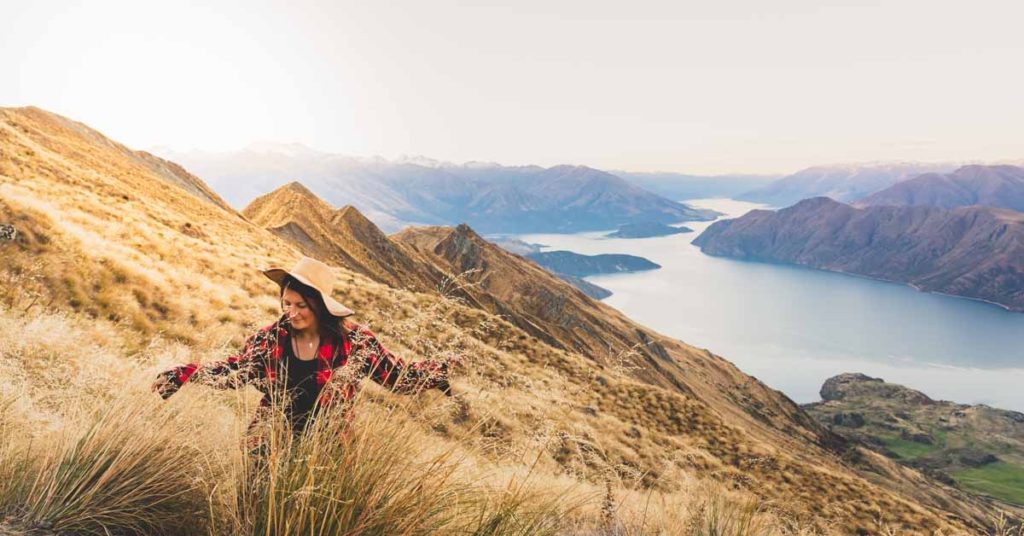
HOW LONG SHOULD YOU TRAVEL FOR? One Year!
The third type of travel is called Transform: it’s the length of trip you need to go on to truly feel a change in yourself. Most people, having experienced the Transform type of travel, come back home with a new set of work and life priorities.
I experienced this when my fiance and I lived in New Zealand for a year on a working holiday visa (my guide to the NZ working holiday here). Living and working in another country is intimidating, and thus you gain a tremendous amount of confidence by choosing and going through this experience.
A year abroad also reorganizes your priorities and expectations from your life. Many more things appear as achievable, possible, and believable for your own life. I’ve lost most of my angst about ‘finding my passion,’ as I now realize that by going out and doing things that inspire you, you lose the need for ‘your passion’ to come find you.
I’m very serious about all the inspirational bullshit above, but if that is all a little too ‘woo’ for you, there’s also many practical things you can gain from a year of travel. I have always wanted to live abroad, but took me 12 adult years to get in a place where I could go. I had to save a bunch of money, defend my PhD, and deal with a lot of personal hurdles to make the time, space, and budget for such a huge commitment.
Most people can’t just skip off into the sunset in trendy flowing dresses and perfect instagram shots with captions like “Travel is never a matter of money but of courage. (-Paolo Coelho)” Barf. (Although I do like a cheesy flowy dress shot :P) My one year long-term trip taught me how to set long term goals and work for them. It also taught me the importance of taking control of my life (as much as that’s possible). Of course I’m limited by my circumstances, but if I don’t take active steps towards the life I want to live, no one else will take them for me.
PROS OF TRANSFORM TYPE TRAVEL:
- Deeply get to know a place and a different culture
- You can feel a profound change in your attitude towards your own life
- Can often offset costs by working (depends on the situation)
CONS OF TRANSFORM TYPE TRAVEL:
- Very difficult to find the time for such a long trip
- Difficult to save up the money
- The more commitments and obligations you have, the harder it is to go
- Miss a year of family and friends events
- Lots of logistics to deal with
- Can experience burn-out if on the road a lot
TIPS FOR TRANSFORM TYPE TRAVEL:
- For many nationalities, it’s easier to go on this type of trip before you turn 31. This is because many countries have a working holiday visa program for people 30 and under. Budgeting for a year abroad becomes much easier when you can work.
- I don’t recommend being on the road for periods longer than 2 months. I recommend settling down and really living somewhere. Go to work, have routines, do chores: building a home and some structure prevents burn-out. Do take some trips and explore your new surroundings, but keep them to lengths of Refresh and Explore type travel.
- After a year, come home. We felt our roots beginning to grow, and knew that we had to leave before they got too entrenched. This is probably the most personal point, and differs for everybody. Of course, many people choose to stay and make a home far from where they grew up. I’d advise to grow your roots intentionally, or it might be really painful should you decide to rip them out later.
Final Thoughts
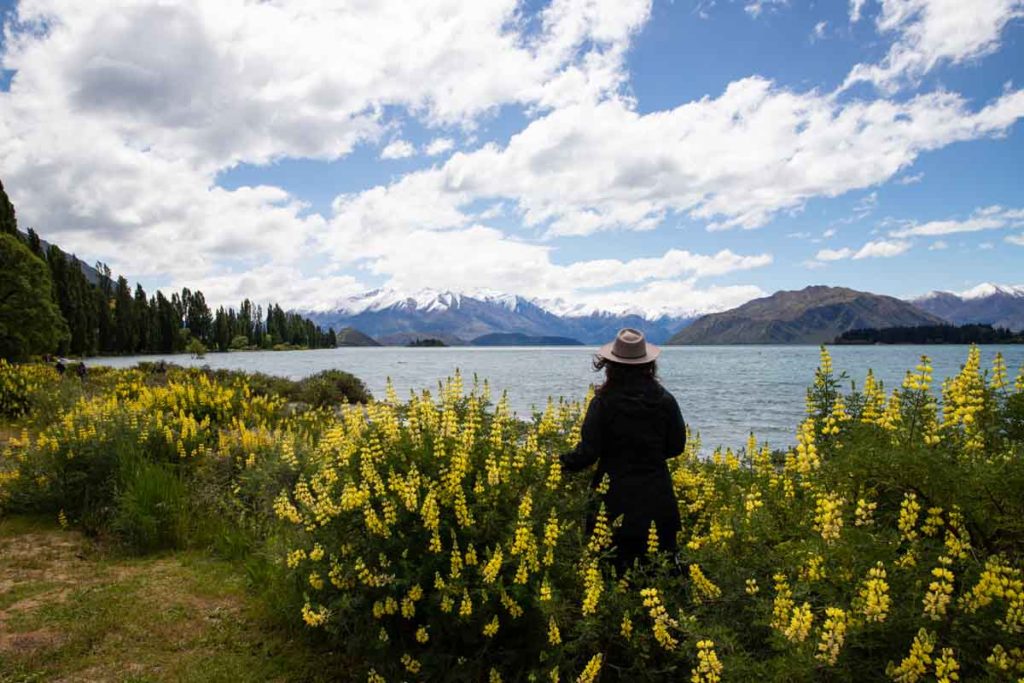
In this post I’ve introduced three types of travel: Refresh, Explore, and Transform. For me, the perfect length of travel is two months, so an Explore type trip. However, for many of us at certain points in our lives, we can only do a two week long trip, or just a three day weekend. (This can include exploring your own country! You don’t have to go abroad.) That is awesome and we travelers will take what we can get and make the most of it. My goal was to discuss various travel lengths from my experience, not to make anyone feel judged or not like a ‘real traveler’: you absolutely are! Travel is too vast to be exclusionary.
To figure out how long you should travel for, firstly be kind to yourself and go for however long you can. Then listen to the clues you give yourself. Are you full of energy when you ponder the day ahead? Do you find yourself day dreaming of travel? A really useful clue for myself is the content that I consume: do I procrastinate by looking at travel instagram accounts or reading travel blogs? Or am I starting to look at beautiful houses or knitting projects or other stationary hobbies?
If you pay attention, you’ll find that you’re giving clues to yourself all the time. Listen to them to figure out how long you should travel for.
